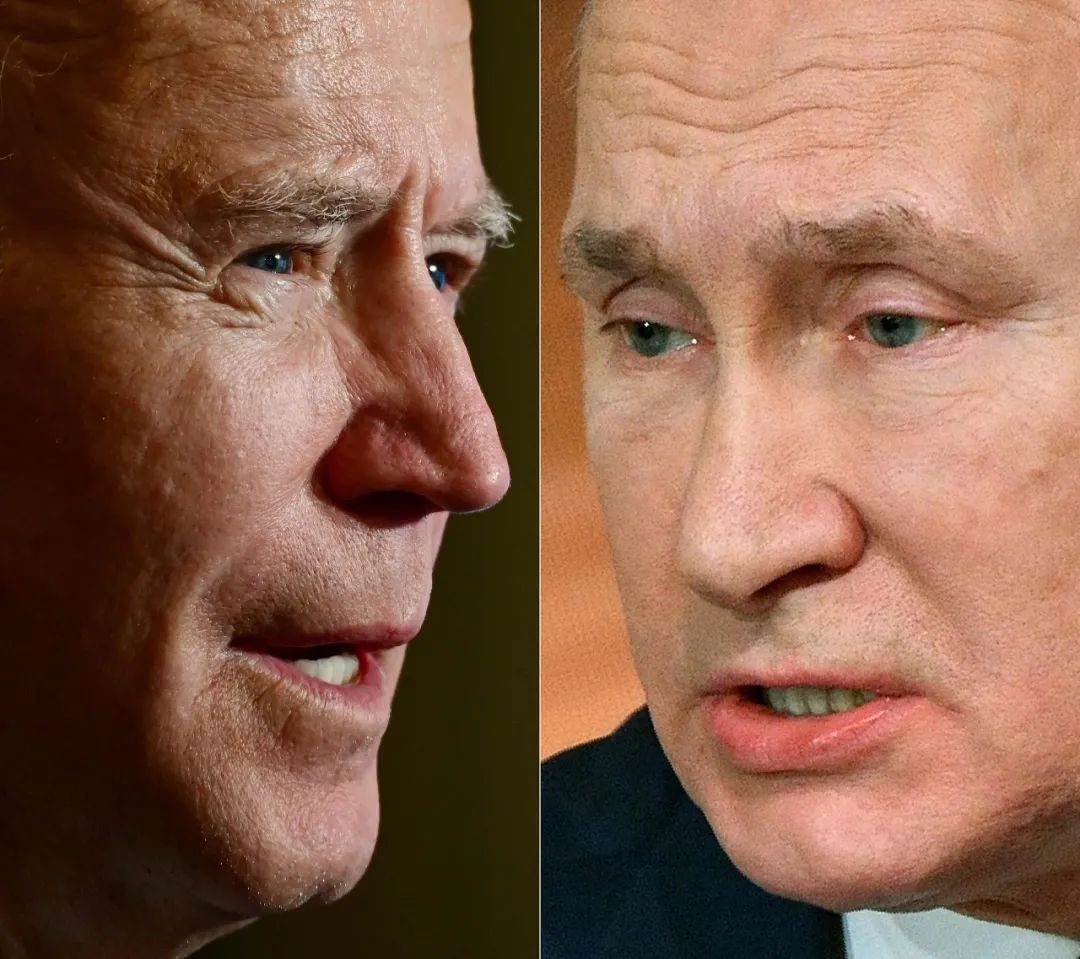U.S. President Biden talked with Ukrainian President Zelensky on the 2nd to discuss the situation in eastern Ukraine and other issues. This is Biden’s first telephone call with Zelensky since he took office.
According to the statement issued by the White House on the same day, Biden said on the phone that the United States firmly supports Ukraine’s sovereignty and territorial integrity and Ukraine’s anti-corruption and reform agenda. The two sides also discussed cooperation in response to the coronavirus epidemic and other issues.
It is also reported that Zelensky said in a video speech released on the official website of the President’s Office of Ukraine on the same day that he had exchanges with Biden on the situation in the Donbas region of eastern Ukraine, Ukraine’s anti-corruption, judicial and constitutional court reform, etc. Biden expressed support for Ukraine’s reform measures.
Zelensky said that maintaining a comprehensive ceasefire in the Donbas region is a guarantee to continue the Minsk peace talks and the “Normandy model” negotiation process. Zelensky reiterated the position of the Ukrainian side to solve the eastern issue through diplomatic channels.
The situation in eastern Ukraine has recently become tense again. The Ukrainian side said on March 30 that Russia’s army gathering in the Russian-Ukraine border area poses a serious threat to Ukraine’s national security.
Russian Presidential Press Secretary Peskov said on April 1 that the military forces of NATO countries and other forces are becoming more active in the Russian border area, forcing Russia to remain vigilant. Russia is taking the necessary measures to ensure the security of its borders. He said that the Russian army had never participated in the armed conflict in Ukraine. Russia, European countries and countries in other parts of the world do not want to rekindle war in Ukraine.
In April 2014, a large-scale conflict between Ukrainian government forces and civilian forces broke out in the Donbas region of eastern Ukraine. Through the mediation of the international community, the two parties to the conflict reached a ceasefire agreement in Minsk in September 2014 and February 2015, respectively. Since then, large-scale armed conflicts have been brought under control, but small-scale exchange of fire occur from time to time.
In July 2020, the Tripartite Contact Group on Ukraine (Ukraine, Russia, Organization for Security and Cooperation in Europe) held a videoconference with representatives of civil armed forces in the Donbas region of eastern Ukraine, and the parties reached an agreement on the implementation of a comprehensive ceasefire in the Donbas region. However, since the end of February this year, the exchange of fire and casualties in eastern Ukraine have increased. The UGC and the civilian militias in the east accused each other of breaking the ceasefire agreement.



